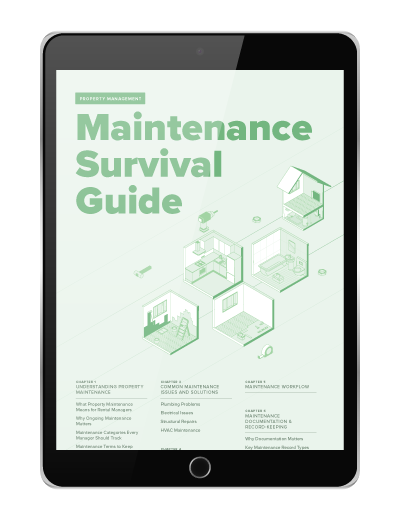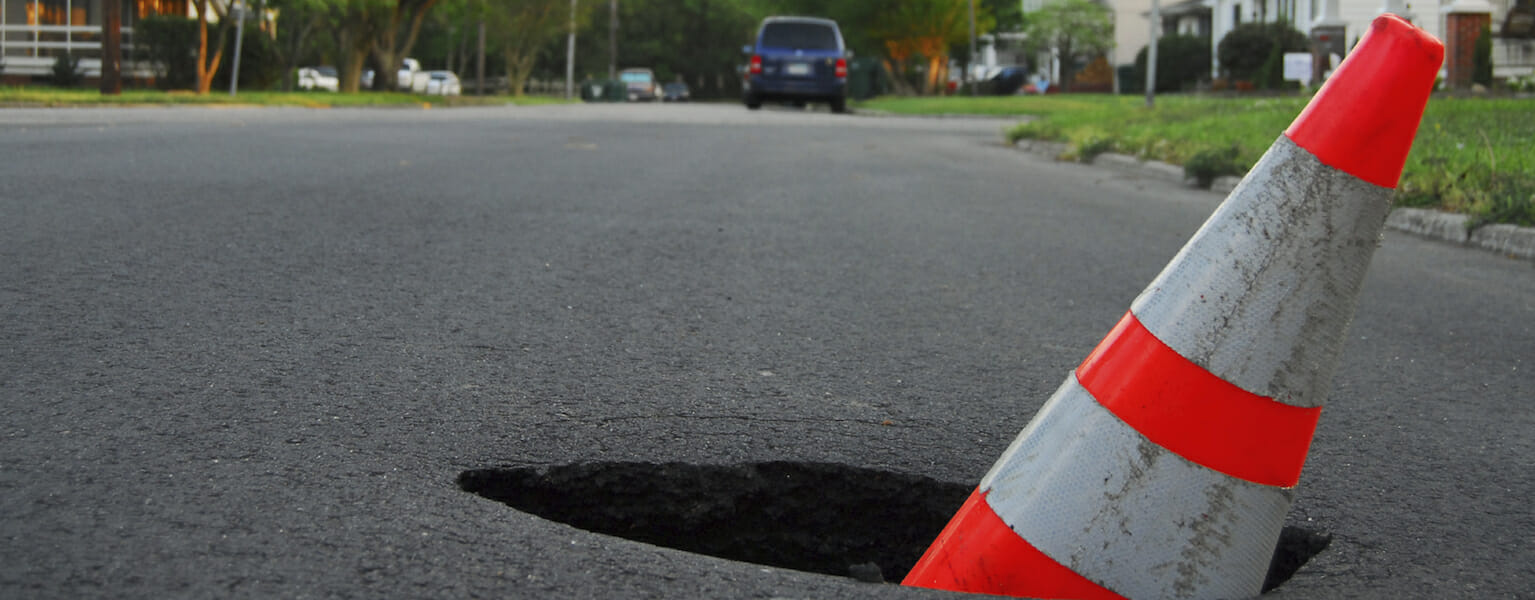Residents at the Summer Bay Resort in Clermont, Florida, about 10 minutes from Disney World, awoke late one Sunday night to loud creaking sounds and the shattering of windows.
A guest told a security guard that a window had blown out for no reason. But then there was another shattered window, right there in the guard’s presence. The quick-thinking guard, Richard Shanley, went room-to-room raising the alarm and evacuating about 36 tenants from throughout the entire three-story building. One couple and their infant had to escape from a window because a doorframe had buckled. Within a few hours of the evacuation, most of the building had collapsed into the chasm that had opened under the earth beneath it.
The security guard probably saved a number of lives that night. Not all sinkholes have that kind of happy ending. In February of 2013, just an hour’s drive away down I-4, near Tampa, Florida, another huge sinkhole opened under a house and swallowed 36-year old Jeff Bush as he lay in his bed.
Another sinkhole – a 60-foot wide, 30-story deep behemoth that swallowed a three-story apartment building in Guatemala, killed at least 15 people.
But, what even causes them to begin with? Ruptured sewer lines contribute to some urban sinkholes, but generally they are naturally recurring phenomenon characterized by sudden settlement or collapse of land. Most of the time, they happen when underground water or seismic activity creates voids or chasms underneath the surface of the earth. When topsoil becomes heavy with rainwater, or is subject to some other stressor, or even simply from gradual groundwater erosion, the surface collapses into the void, and a sinkhole forms and swallows whatever was sitting on top of it.
Areas built on soft rock, such as limestone, and near underground aquifers are particularly susceptible to sinkholes. While they are found all over the world, the areas most at risk in the United States are Florida, Texas, Alabama,Missouri, Kentucky, Tennessee, and Pennsylvania.
How can you protect your property?
The most important thing to keep in mind is the structure of your insurance and risk management plan. Standard landlord and multi-family structural insurance policies do not normally cover sinkhole risk. If you look in your policy, you’ll almost invariably find sudden earth movements to be excluded. Because the sinkhole risk is not relatively uniform from location to location, you must normally purchase sinkhole coverage separately, just as you do with flood, earthquake and windstorm insurance. If you aren’t covered , and your property is damaged thanks to a sinkhole, you’ll be out of luck.
Some states, including Florida and Tennessee, require that property insurers offer it, but you may have to opt-in. In Florida, which has a lot of multi-family dwellings and over 19,000 identified sinkholes, insurance companies must make it available for an additional premium.
Residential property insurance companies can issue sinkhole policies with deductibles of 1 to 10 percent of the value of the property. In Florida, these policies define sinkholes as “catastrophic ground cover collapse,” meaning “geological activity that results in all of the following:
- The abrupt collapse of the ground cover;
- A depression in the ground cover clearly visible to the naked eye;
- Structural damage to the covered building, including the foundation; and
- The insured structure being condemned and ordered to be vacated by the government agency authorized by law to do so.
As with flood insurance, you should assess structural building insurance and contents coverage separately, especially if you’re leasing furnished apartments.This was a big concern for the Summer Bay Resort, of course, since it’s a vacation destination and therefore the owners had a substantial investment in furnishings in each room.
Your tenants should secure their own renters insurance policy if they want their belongings covered in the event of a sinkhole destroying their personal property. (Note: those occupying structures damaged by sinkholes should not assume they’ll be able to recover their property. The people in the Summer Bay Resort never were able to recover their personal belongings).
Sinkhole locations
Florida residents can look here to see where a subsidence reports have been filed in their neighborhood. Here is detailed information on sinkhole locations in Tennessee.
Warning signs
Sinkholes usually take people by surprise. But there are some early warning signs that may occur before a catastrophic ground cover collapse:
- Popping or snapping noises from the house.
- Doors or windows that no longer fit in their frames or won’t close.
- Cracks in the walls or floor.
- Windows breaking for no reason.
- Doorjambs that no longer align with latches.
- Previously underground areas of fence posts, trees and the building foundation itself that is now exposed. This means the ground around them is sinking.
- Ponds collecting in new places after rainfall.
- Deep, narrow holes down to the aquifer.
Other insurance issues
Damages from sinkholes aren’t just limited to fixing or replacing structures affected by ground cover collapse. Property owners should also consider speaking to their insurance professionals regarding the following additional possible damages:
Business interruption. If you have to evacuate your whole structure, you won’t be collecting rent. Will you be able to make your monthly obligations without rental income coming from your tenants?
Utility Interruption. Suppose a sinkhole doesn’t damage the building itself? In Florida, it wouldn’t qualify using the state’s legal definition of sinkhole, which requires that the structure itself be damaged. But if it ruptures a gas or water main, or destroys your septic or sewage system, you still have a problem. Consider what an extended loss of communication, water, sewer, gas and electricity would do to your bottom line.
The Bottom Line
If you’re in sinkhole country, take nothing for granted. Read your landlord’s insurance policy or commercial insurance property and understand the details, including how your policy defines sinkhole/ground cover collapse hazards and what is and isn’t excluded. If you’re property is geologically at risk of sinkhole damage (which isn’t limited to Florida), expect to buy separate coverage, just as you do with flood insurance or windstorm/hurricane insurance.
Read more on Maintenance

